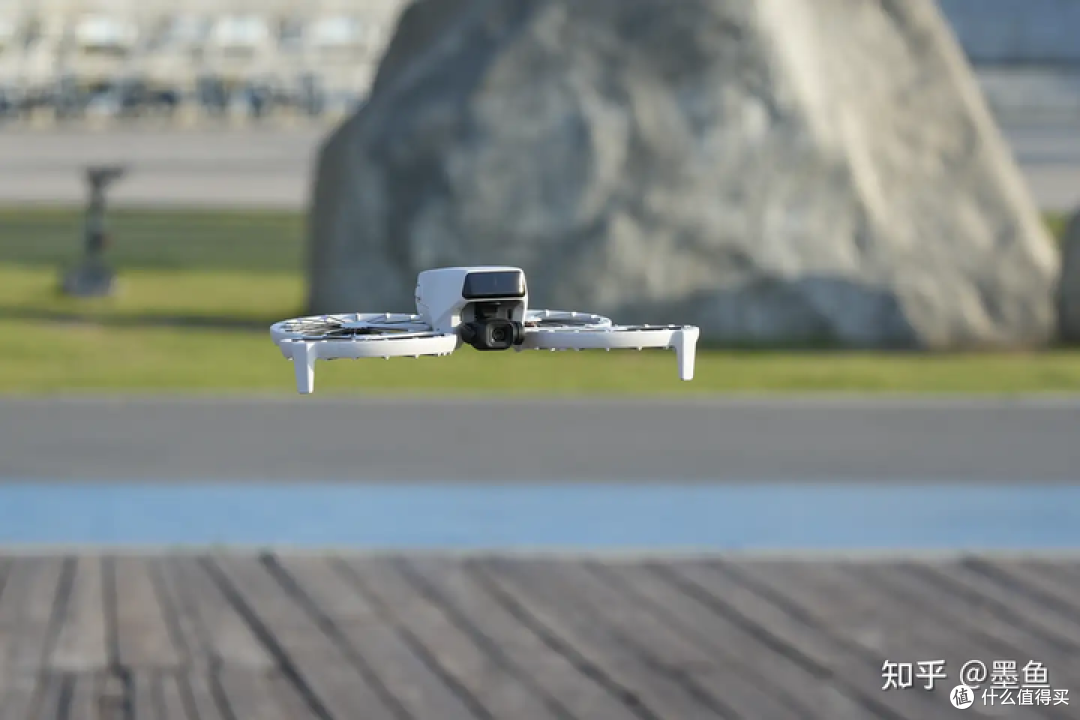Aerial photography has revolutionized the way we capture the world from above, and advanced drone RC cameras are at the forefront of this transformation. From breathtaking landscapes to detailed inspections, these cameras offer unparalleled opportunities for creativity and innovation. As technology continues to evolve, understanding the features of these advanced cameras can greatly enhance your photographic endeavors.
One of the primary features to look for in a drone RC camera is high-resolution capability. Today’s cameras often boast 4K resolution or higher, ensuring every detail is captured with clarity. This is essential for professional photographers who need to deliver crisp images for clients. Additionally, drones equipped with gimbal stabilization allow for smooth footage, reducing the effects of vibration or sudden movements that could otherwise blur the picture.

The Role of GPS and Smart Technology
Incorporating GPS and intelligent flight modes in drone RC cameras enables precise control and automation. GPS allows the drone to follow pre-programmed paths or return to its starting point autonomously, providing peace of mind during complex shoots. Intelligent flight modes, such as point of interest, follow me, and waypoint navigation, let photographers focus on composition while the drone handles movement, thus enhancing creative focus on the subject.
Real-Time Transmission and Control
Real-time transmission is another valuable feature, allowing pilots to view the camera’s perspective live. This enables immediate adjustments to framing and composition, significantly improving the shooting process. The integration of controls via mobile apps or remote controllers makes operation intuitive and user-friendly, facilitating seamless interaction between the pilot and the drone.
It is essential to consider the environment in which you plan to use your drone. Wind resistance and battery life are crucial factors that contribute to a drone’s effectiveness. Ensure your drone is rated for the weather conditions you expect to encounter, and always carry extra batteries for extended shoots.
Enhancing Your Skillset with Drone Photography
To maximize the benefits of advanced drone RC cameras, continual learning and practice are vital. Flights require skillful maneuvering to achieve the best angles and compositions. Joining online forums and communities can provide valuable insights and tips from experienced drone pilots, facilitating skill improvement and creative exchanges.
Drone photography is not without challenges, but overcoming them can lead to rewarding results. It is advised to stay updated on regulations to ensure compliance and safety during shoots. Understanding airspace limitations and gaining necessary permissions prevent potential legal issues.
Finally, let’s address some common questions:
- What is the range of most drone RC cameras?
- Most drones have a range between 2 to 7 kilometers, depending on the model and environmental conditions.
- Can drones capture still photos as well as videos?
- Yes, drones can capture high-resolution still photos alongside stunning video footage, allowing for versatile storytelling.